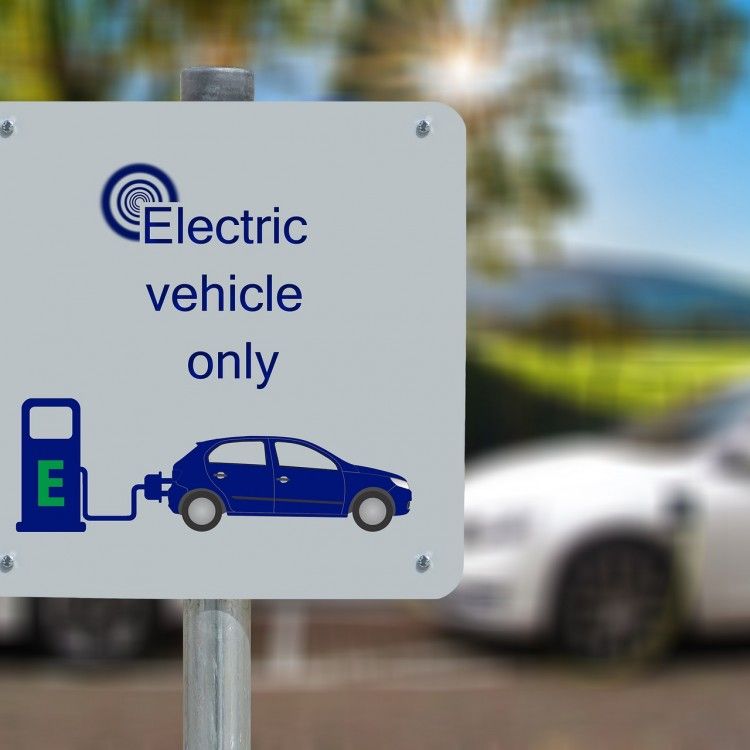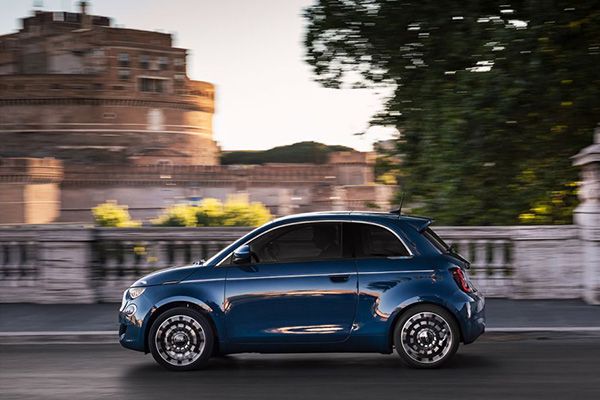We’ve already replied to one of the questions that everyone looking at electric mobility is asking: how much can you save with an electric car? This was looking at fuel savings, but there are other savings that must be considered if you’re thinking of buying an electric car.
First of all, [in Italy] there are lots of state and regional incentives that translate into discounts, some of them significant, on the list price. Since the size of these incentives may change over time, based on potential new incentives or the possibility that funds will run out, this article only reflects the situation at the time of writing.
When buying a zero-emission electric vehicle, you can receive a EUR 6,000 incentive bonus, rising to EUR 10,000 if you scrap your old petrol or diesel car. In these two cases, the dealer will add discounts of EUR 1,000 (without scrappage) and EUR 2,000 (with scrappage), and that means that the savings will be even greater since the dealer’s discount will be applied before VAT is applied, so you’ll get a few hundred Euros more discount.
There are regional incentives to be added to this bonus, too. These differ depending on where you live. Here, you have to do a bit more research, but the numbers are very interesting. For example, if you live in Milan, and you scrap a vehicle, you can get a further EUR 9,600 incentive; in Sardinia, you can even get as much as EUR 15,000; while in other regions, the incentives range from EUR 4,500 to EUR 6,000. Basically, you can get a discount of EUR 20,000 or more off the price of the car.

We have to point out that these bonuses are partly applied immediately on the purchase price, while the state and regional scrappage incentives are applied as tax deductions. In any case, the result is a very significant saving on the list price, which starts at a minimum of EUR 6,000 if you don’t have a vehicle to scrap, to more than three times that amount if you’re taking advantage of the scrappage scheme. The only important detail to consider is that these bonuses are applied for car purchases with a maximum price of EUR 50,000 (ex-VAT).
The second thing to consider is car tax, one of the taxes people hate most. With an electric car, you don’t pay car tax for a few years. Even here, [in Italy] the decision is left to regions, so you’ll have to check the rules for where you live. We can tell you that most Italian regions allow a car tax exemption for electric car owners for five years. Some regions limit the exemption to two or three years, but Lombardy grants a permanent exemption from car tax, so you’ll never pay anything. When you’re weighing up how much you’re saving, remember that the power of the electric car can’t be calculated in brake horsepower, you’ll have to convert it to Kilowatts. In some cases, you’ll have a car, like a Tesla Model 3, that offers performance equal to that of a 350 bhp petrol car (car tax + super car tax of around EUR 2,000 per year), on which wouldn’t pay anything.
Another important entry in family budgets is maintenance and service costs. These costs can vary a lot, but looking at Italian averages, we estimate a figure from EUR 300 to EUR 500 per year. An electric car doesn’t require an obligatory annual service. Things like moving parts subject to wear, filters and liquids, are reduced to a minimum. Even brake wear is reduced to a minimum, thanks to the “one pedal driving” system that uses energy recovery systems to slow the car down when the accelerator is released.
Let’s add insurance costs into the equation: many insurance companies have special offers for electric cars. And let’s not forget that you can save on parking and congestion charges. In Milan, for example, if you have an electric car, you can park for free in all blue car parks, and you can even use the yellow residents’ car parks. You can also enter the ZTL congestion charge zone without paying anything. We’ve used Milan as the example, but every municipality offers its own incentives, so, once again, you should do your own research based on where you live.

Let’s put some numbers together and give an estimate over a five year period, one that’s valid for most people, especially considering exemptions from car tax. If you buy an electric car today, you’ll make a saving from EUR 6,000 to more than EUR 20,000 on the purchase price, thanks to [Italian] state and regional Ecobonuses, and the petrol car scrappage scheme. A saving of at least EUR 1,500 on car tax over five years, a number that could rise, maybe a lot, if you compare it with the cost for a sports car (Italian car tax and super car tax). A further EUR 1,500 (a conservative estimate), on average, can be saved on maintenance and service costs over five years. You can save even more on insurance, congestion charges and parking. These are difficult to estimate, but remember to add them into your calculations, along with the savings on fuel, that we talked about in this article.
In short, we’re talking about a guaranteed saving of at least EUR 15,000 over five years, which may rise to more than EUR 30,000, when all’s said and done. Today, on average, an electric car costs more than a traditional car, but if you consider these savings and multiply them over the average lifetime of a car, you’ll see that there are enormous financial advantages and that it’s worth spending a bit more on an electric model.
In Collaboration with:









